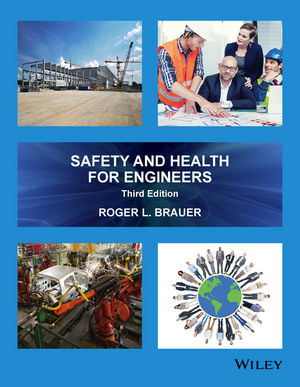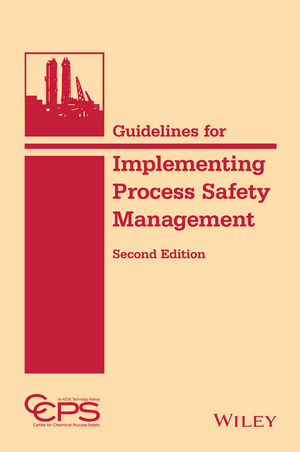After five years in development, a new standard that provides a framework for improving employee safety, reducing workplace risks and creating better, safer working conditions all over the world has been approved by the International Organization for Standardization (ISO).
ISO 45001 Occupational Health and Safety Management Systems, which was developed with support from the American Society of Safety Engineers (ASSE), is a voluntary consensus standard intended to help combat the global toll of work-related fatalities, which currently number about 7,600 a year.
The first-of-its-kind global model for managing safety and health risks is expected to be published in March. In addition to enhancing employee safety, ISO 45001 is intended to improve business outcomes.
ASSE played a key role in the seven-stage process that began in 2013, serving as the administrator of the U.S. technical advisory group (TAG) to the American National Standards Institute (ANSI). According to ISO, 93 percent of its members voted in favor of the new international standard, far above the requirement of a two-thirds majority.
“ISO 45001 is one of the most significant developments in workplace safety over the past 50 years, presenting an opportunity to move the needle on reducing occupational safety and health risks,” said TAG Chair Vic Toy, CSP, CIH. “The goal was to create a widely accepted standard that can produce a highly effective safety and health management system for an increasingly interconnected world, regardless of an organization’s size, location, supply chains or nature of work. It becomes a minimum standard of practice, and a good one at that.”
The standard was developed by a committee of occupational safety and health experts who followed a combination of other safety and health management systems such as ANSI/ASSE Z10, OHSAS 18001, ISO 14001, ISO 9001, guidelines from the International Labor Organization, and various national standards. ISO 45001 will replace OHSAS 18001, a British standard that grew to global acceptance. There will be a three-year transition period for registrants.
Many organizations, especially in Europe and Asia, are transitioning to a management-systems approach as a better way to control organizational risk and achieve a measure of corporate social responsibility. That new foundation is ISO 45001, reflecting diverse opinions and methods from around the world on the best ways to construct an occupational safety and health management system. These comprehensive systems help companies combat well-known workplace hazards such as falls, which are a leading cause of on-the-job injuries and deaths.
“A significant aspect of ISO 45001 is how it works within an organization to integrate with processes and goals,” Toy said. “Everyone has a role and responsibility in the management system. Safety and health becomes a shared objective, and when done right, the organization greatly benefits from this cohesive way of managing risks.”
The multi-year process of establishing a global standard included input from more than 75 countries across six continents. The ultimate outcome will be safer and healthier workplaces across the globe as companies adopt the groundbreaking standard to reduce injuries, illnesses and fatalities.
“Better management of risk is needed by businesses in every industry to not only protect their human capital, but to achieve growth and sustainability objectives while improving their bottom line,” said TAG Vice Chair Kathy A. Seabrook, CSP, CFIOSH, EurOSHM. “ISO 45001 is a tool to help organizations do just that.”








